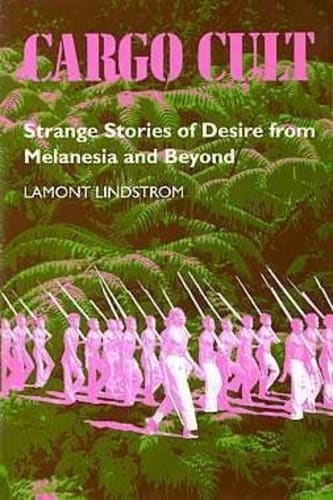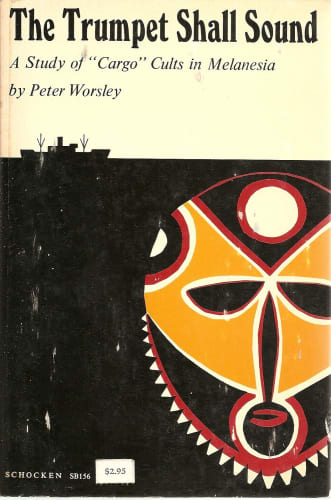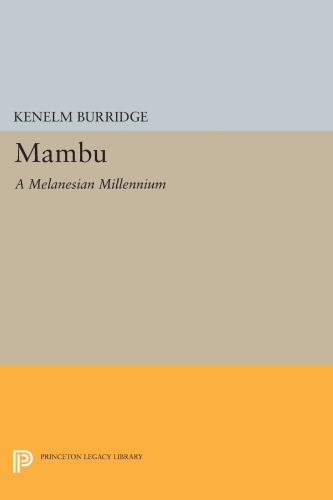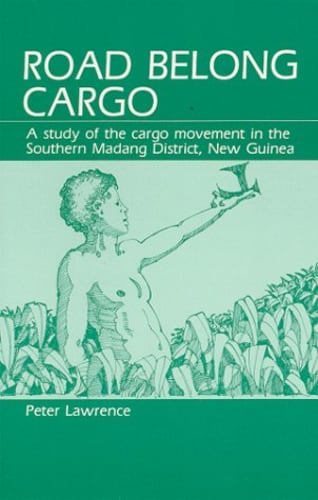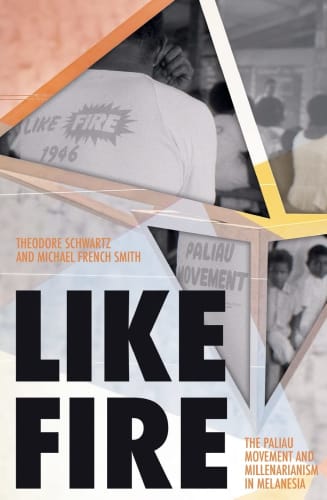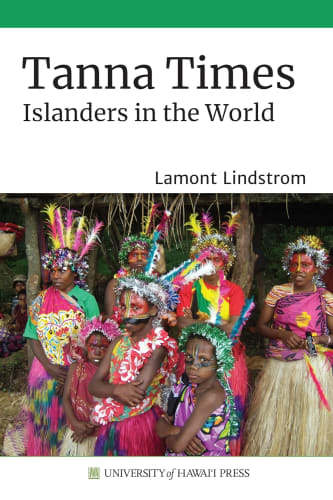
Cargo Cults
When the Second World War ended in 1945, anthropologists resumed their studies of Pacific Island societies with new interest in social change and social unrest that had been sparked by wartime turmoil and the impending collapse of colonial empires. Defiant social movements were impossible to ignore. In the Melanesian islands of the southwest Pacific, anthropologists labeled these political and religious movements as “cargo cults.” They described several hundred of these political/religious organizations that erupted across New Guinea, Solomon Islands, Vanuatu, New Caledonia, and Fiji. Islanders, in a classic cargo cult, embraced new prophecies and innovative ritual practices that promised the arrival or return of “cargo.” Cult rituals typically included novel forms of dance, marching, and drilling, imaginative strategies to contact spirits and ancestors, and new moral codes to secure group unity and harmony. Community ancestors or, in the postwar period, the American military would reward the faithful with shipments of cargo. Cargo, as an object of organized community desire, was semantically complex. Sometimes, cargo meant money, or Western manufactured goods shipped into the islands in massive amounts, particularly during the Pacific War. Anthropologists also interpreted cargo to represent the return of dead ancestors, achievement of balanced exchange relations with Europeans, assertion of a sense of honor and self-worth, desire for political sovereignty, or the transformation and transcendence of everyday reality. Many cults flared up quickly but then burned themselves out when no cargo arrived. Others, however, have been institutionalized and survive today as churches, political parties, and business organizations. Most anthropologists by the 1980s renounced the cargo cult label as too simplistic, but many outside the discipline continue to bandy the term to castigate schemes and efforts that they deem to be irrationally organized.
Read more...
Read less...
